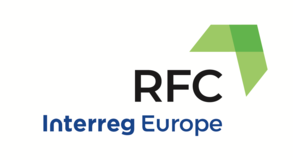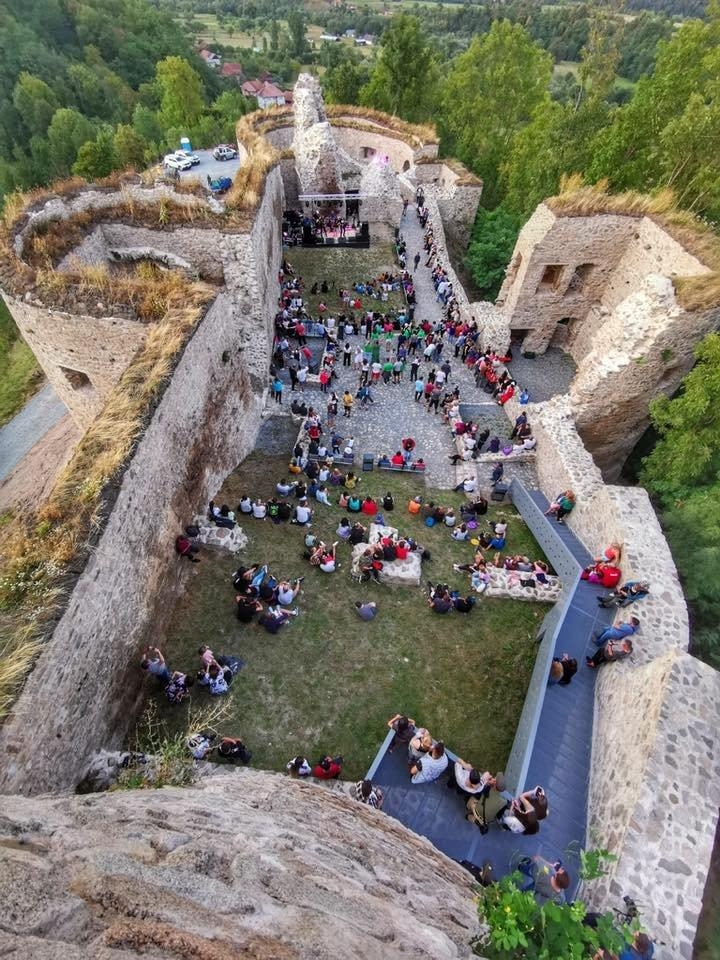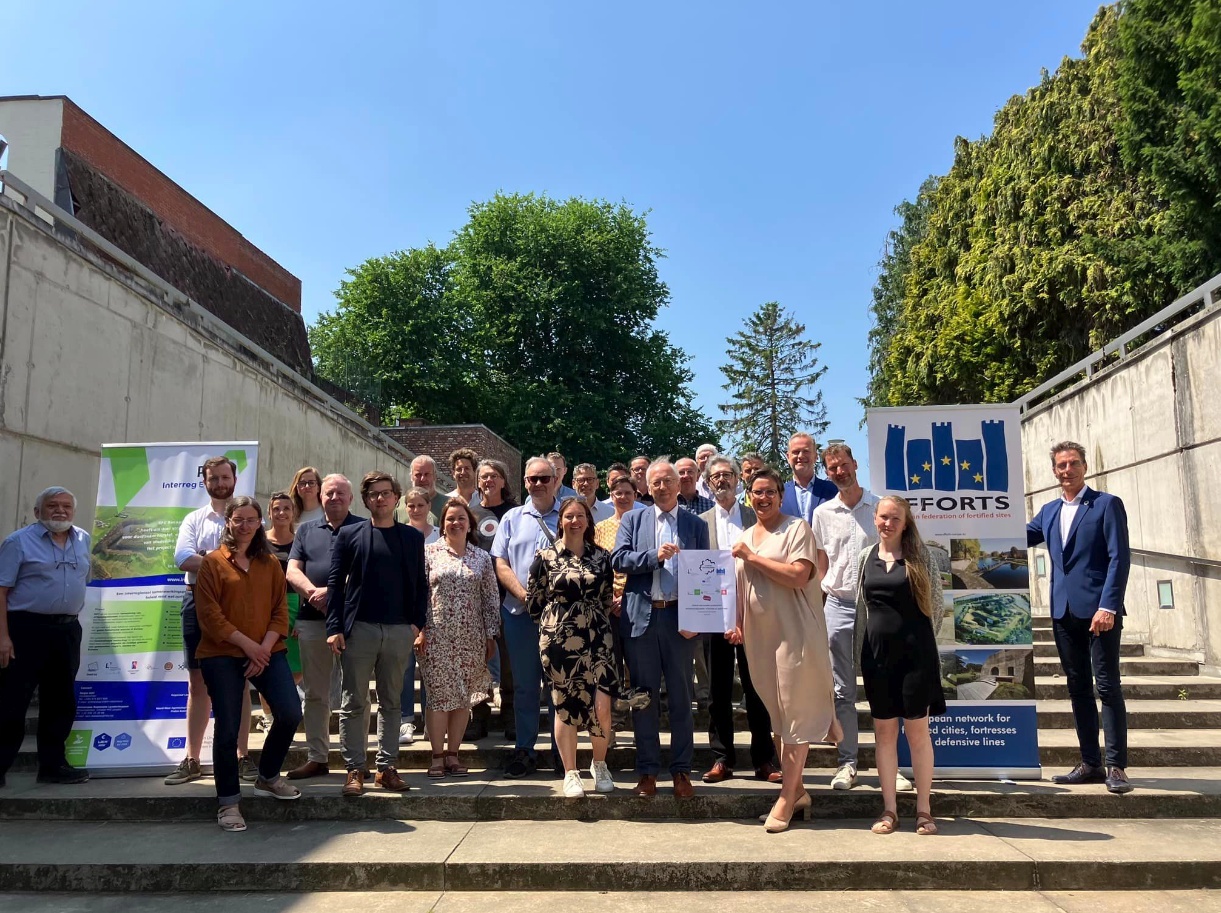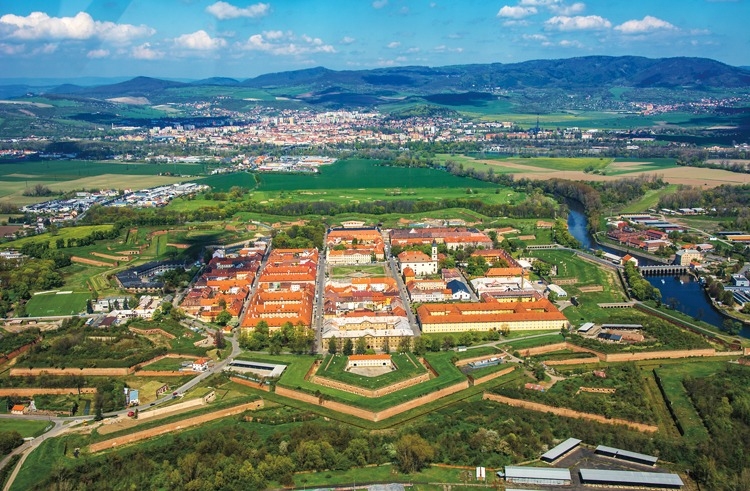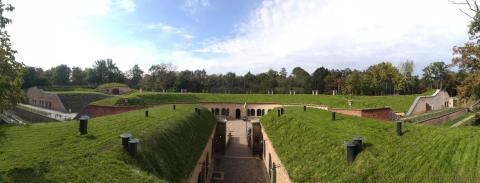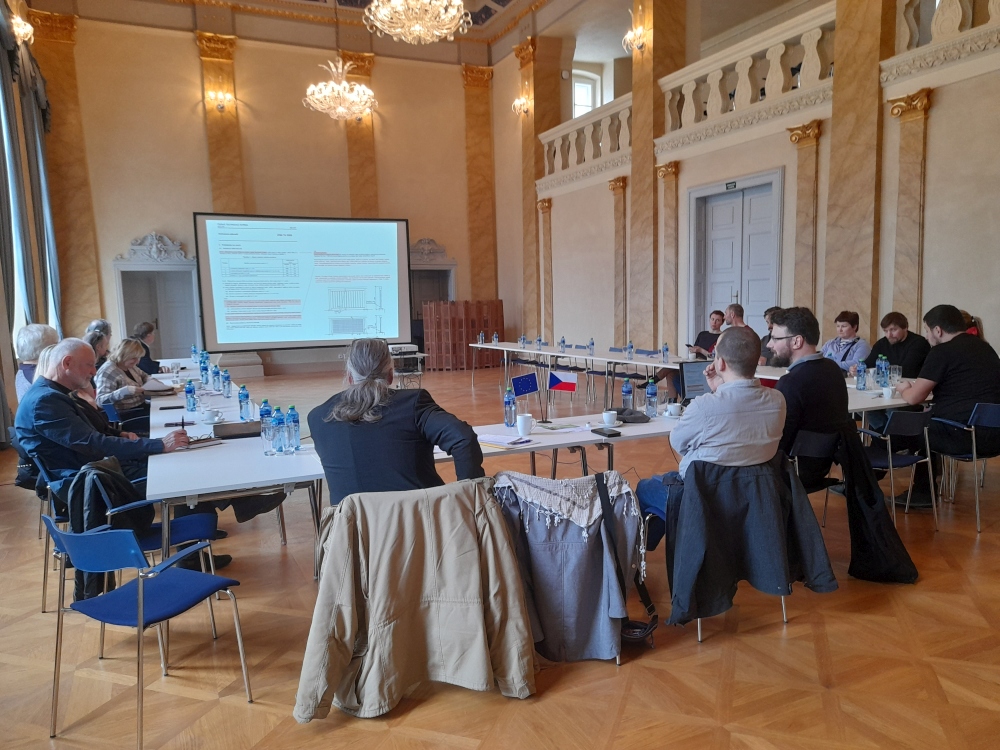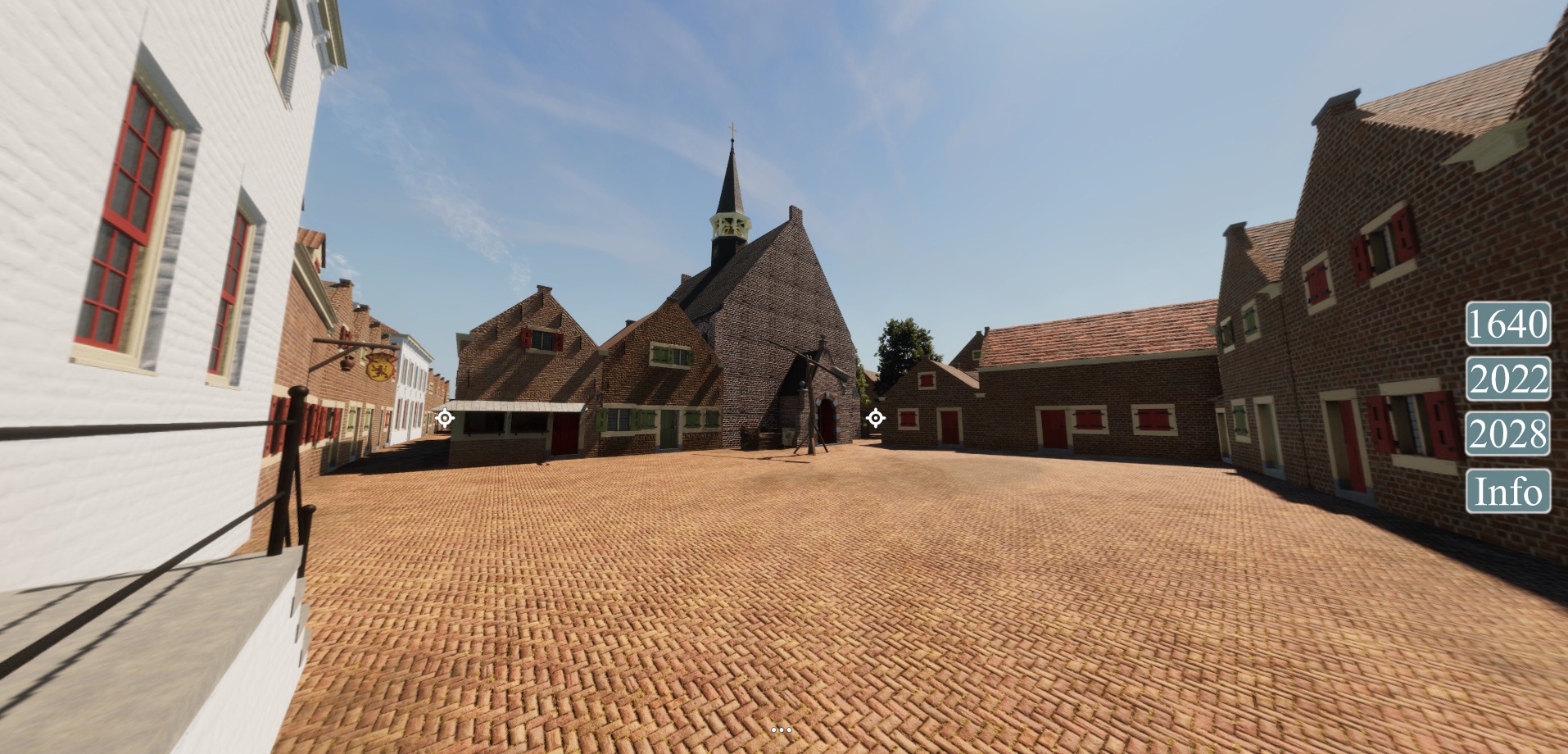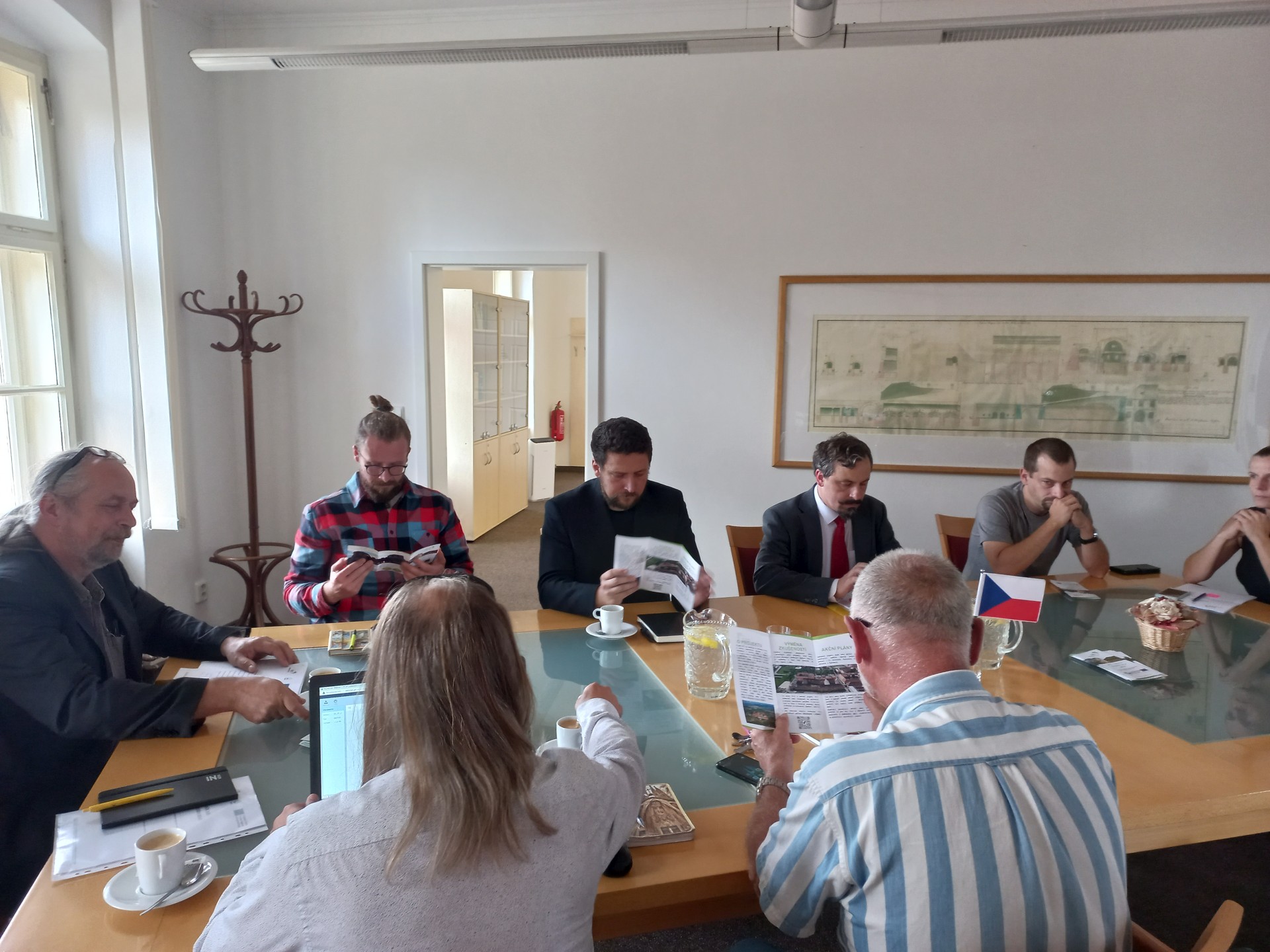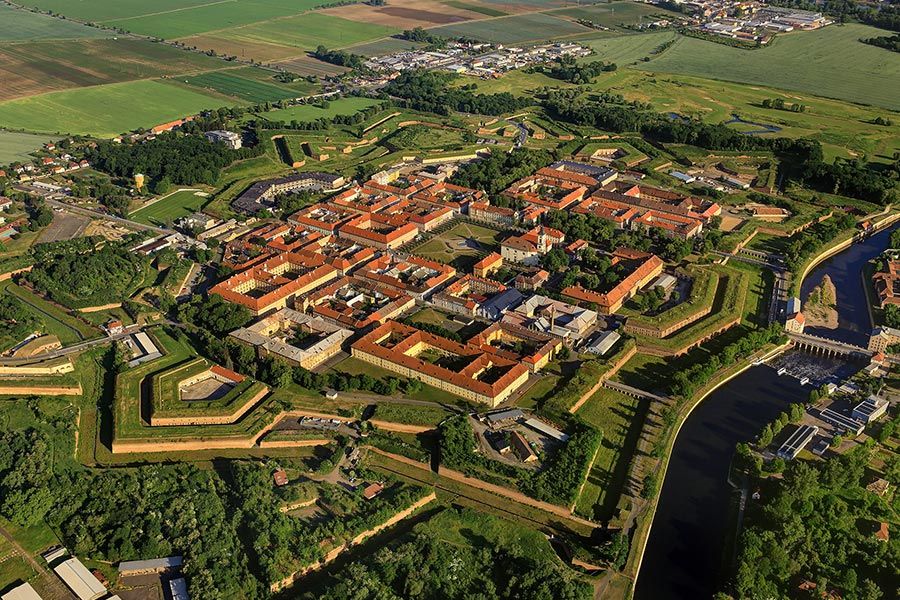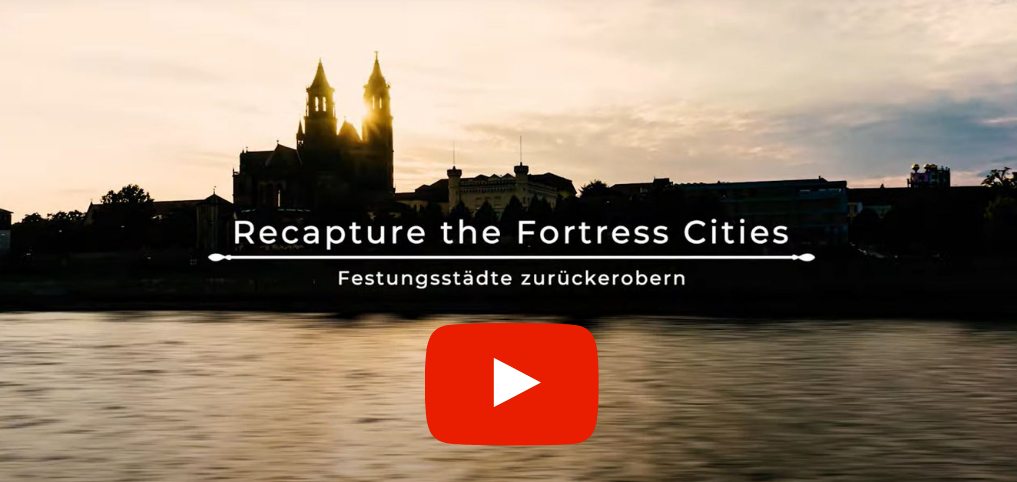During the last month, partners have been sharing information about their fortresses related to Urban Planning: integrating historical fortifications into contemporary urban planning, infrastructure and functional context. The numbers decreased in comparison with the last campaign (it reached 3.000 people) but still it has had good figures as it has reached nearly 2.000 accounts only on Facebook. #FortressesUrbanPlanning was the fifth campaign of the six that are planned for this year.
This is the summary of the campaign:
Czech Republic
Terezin Fortress
The fortress of Terezin was founded in 1780 and town itself (as free royal town) in 1782. The town was projected as modern ideal settlement of 2nd half of 18th century with severe system, wide regular streets and public buildings. Thanks to military use of fortress and its neighborhood up to the 20th century, Terezin remained as a little town lying in an open landscape not unlike the 18th century.
Romania
Cluj Fortress
Cluj-Napoca Cetățuie Fortress up the hill could be one of the heritage investments in the North-West Region of Romania for the next period 2021-2027, returning to the local community an outstanding sightseeing area for leisure activities, following the sustainable urban planning of the city. Built in the XVIIIth century under the Habsburg rule, the land-based walls military fortress has passed through different stages, including formerly being used as a prison and being affected by landslides. Now the fortress area offers a green buffer for the city, its open walls hosting a park and social activities. Following an international architectural contest, the local authority is preparing the feasibility study for the financing opportunities to come.

Belgium
18 projects & 1 vision --> *‘Vestentoets’ in Herentals
In Herentals, Belgium the RFC project is seeking for local policy improvement on the urban planning of the fortress wall and fortification remnants. Multiple city projects (18) are situated in and around the former city wall such as urban development zones, water infiltration, infrastructure (cycling, walking), new church, execution management plans (felling and planting trees …).
The proposed urban planning tool to scope with this rather complex and continuous changing context is the so called ‘Vestentoets’ for Herentals with currently 4 major rules or guidelines (tool = under construction): rule 1 = make one fortress wall and ‘Vestenpark’ structure that is accessible and experienceable, rule 2 = water in the ditch (the blue deal action ‘Kroonwerk’ as trigger), rule 3 = archaeological info & check on-site, rule 4 = respect for the fortress system of bastions, gates, wall, ditch - referring to the best-preserved remnants dating back from the 17th century fortification with bastions (Le Poivre).
On 15th of March ‘22 the next Regional Stakeholders Meeting (RSM) in Herentals will take place, the perfect opportunity to discuss the first draft of the ‘Vestentoets’ as one of the main RFC actions – to be continued.
*Vestentoets = Dutch for fortification-check

Germany
Green Fortress Belt Project Magdeburg
An undeniable threat of our times is climate change. In the context of fortifications, this means to include these places that are often abandoned or misused into modern green infrastructure planning, activating relevant stakeholders in the field. Studies show that the fortress areas provide high bioclimatic significance forming fresh and cold air islands. The task now is to exploit this potential finding appropriate uses for these special monuments. The Green Fortress Belt project is currently being developed by the city of Magdeburg, Germany, to connect the remaining fragments of the former fortress system, including the fort belt, through an attractive and exciting network of (cycling)paths and thus make them recognisable and experienceable again as a coherent system.



